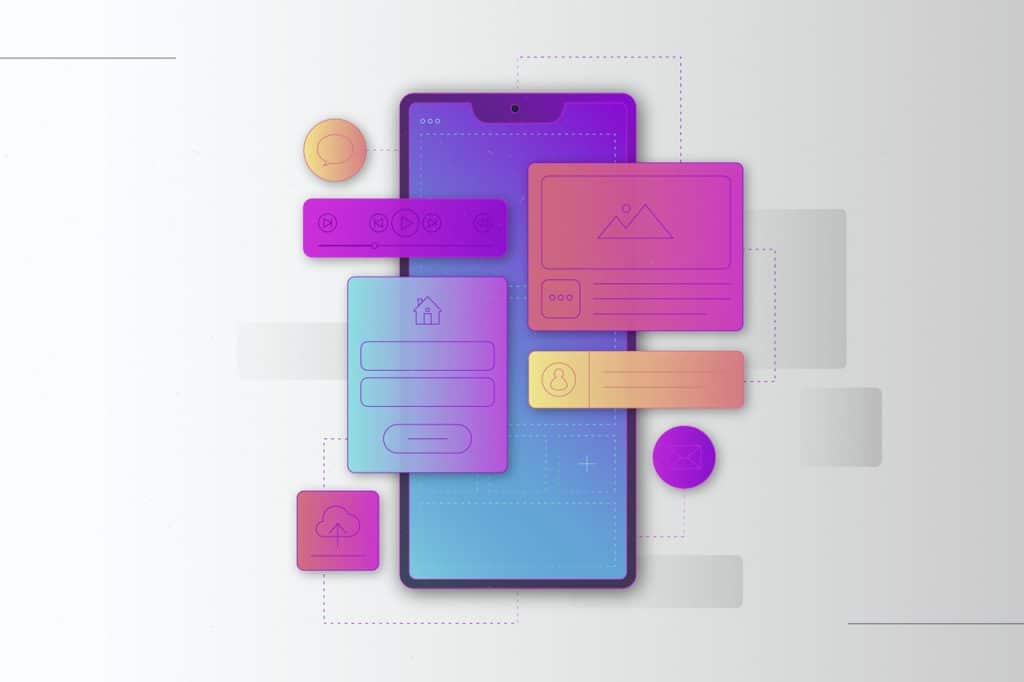The internet is an essential part of modern life, connecting people across the world and providing access to information, services, and communities. However, not all web experiences are created equal. Poor design choices, lack of accessibility, and other usability issues can create barriers that exclude users. By focusing on thoughtful design and accessibility, we can make the web a better place for everyone.
Designing for Everyone: The Importance of Inclusive Design
Inclusive design ensures that digital experiences are usable by the widest range of people, regardless of ability, language, or circumstances. Key strategies include:
- Designing for different devices and screen sizes.
- Providing multiple ways to navigate, such as keyboard shortcuts and voice commands.
- Ensuring color contrast meets readability standards to aid visually impaired users.
- Using flexible layouts that adapt to user preferences.
- Avoiding reliance on a single sensory mode, such as requiring only visual interaction.
Breaking Barriers: Improving Web Accessibility
Web accessibility is about making the internet usable for people with disabilities. Following the Web Content Accessibility Guidelines (WCAG) helps in achieving this. Consider the following:
- Using semantic HTML for better screen reader support.
- Adding alt text for images to help visually impaired users understand content.
- Implementing ARIA (Accessible Rich Internet Applications) attributes where necessary.
- Ensuring videos have captions and transcripts for the hearing impaired.
- Making forms and interactive elements navigable by keyboard alone.
- Providing clear instructions and error messages.
Creating Seamless Experiences: Enhancing Website Usability
A user-friendly website ensures that people can accomplish their goals efficiently. Best practices for usability include:
- Clear navigation and intuitive design patterns.
- Readable typography and sufficient spacing for clarity.
- Fast loading times to improve user experience and engagement.
- Mobile-first design, ensuring responsiveness across devices.
- Reducing clutter and providing a clear content hierarchy.
- Using descriptive and meaningful links instead of generic text like “click here.”
Designing Ethically: Prioritizing User Trust and Well-being
Beyond usability and accessibility, ethical design ensures that digital experiences respect users’ rights and well-being. This includes:
- Privacy-focused design that gives users control over their data.
- Avoiding dark patterns that manipulate users into unintended actions.
- Providing transparent information on data collection and cookie usage.
- Prioritizing user consent and data security.
- Designing interfaces that promote digital well-being, reducing unnecessary distractions and engagement traps.
Speed Matters: Optimizing Web Performance
Web performance directly impacts usability and accessibility. A slow website can be frustrating and inaccessible to users with limited bandwidth or older devices. To optimize performance:
- Compress images and use modern formats like WebP.
- Minify CSS, JavaScript, and HTML.
- Implement lazy loading for images and videos.
- Use caching and content delivery networks (CDNs) to speed up load times.
- Reduce unnecessary scripts and third-party integrations.
Building a Better Web Together
Creating a more inclusive web is a collective effort involving designers, developers, content creators, and users. To contribute:
- Advocate for accessibility and inclusive practices in your team.
- Educate others on best practices through blogs, talks, and social media.
- Test websites with diverse users to identify and fix usability gaps.
- Provide feedback to companies and developers when you encounter accessibility barriers.
- Support open-source initiatives that prioritize inclusivity and accessibility.
Future-Proofing the Web: Staying Ahead in Digital Evolution
Technology is constantly evolving, and ensuring long-term usability requires staying adaptable. Future-proofing the web involves:
- Designing with progressive enhancement, allowing content to be accessible even in older browsers.
- Keeping up with evolving accessibility guidelines and industry standards.
- Preparing for AI-driven accessibility tools and voice-based navigation.
- Incorporating user feedback regularly to refine design and usability.
Conclusion
Creating a more accessible and user-friendly web benefits everyone. By focusing on inclusive design, accessibility, usability, ethical principles, and performance optimization, we can ensure that digital experiences are welcoming, functional, and fair for all users. The future of the web should be one where no one is left behind. Through collective action and a commitment to better practices, we can make the internet a space that truly serves all.


